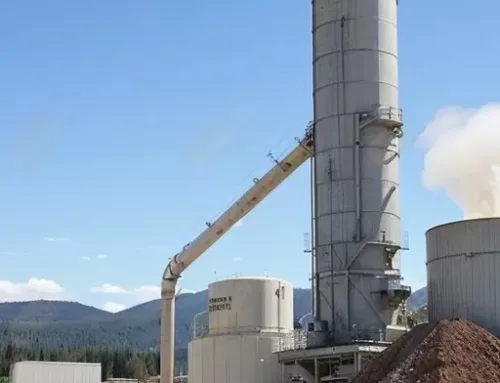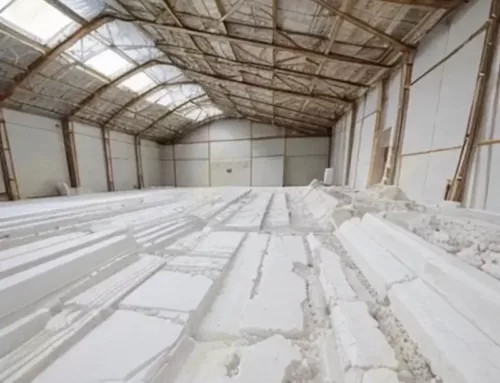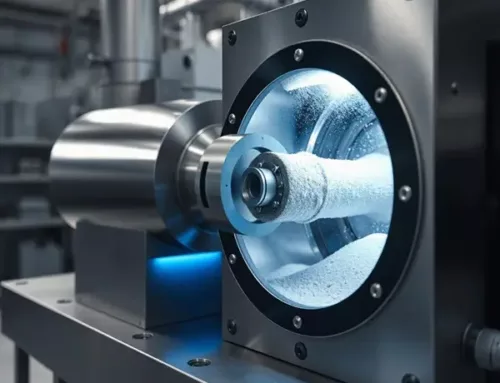Powder morphology—the study of particle shape, size, and surface texture—is critical in determining powder performance and processing. Its effects span diverse industries such as pharmaceuticals, ceramics, energy storage, and manufacturing. Understanding and controlling these attributes can significantly influence product quality and efficiency. Making Powder Morphology in Industrial Applications a fundamental aspect of production.
Fundamentals of Powder Morphology
Understanding powder morphology begins with its fundamental components. Particle size directly influences flowability, reactivity, and the strength of a compacted material. For example, finer powders often exhibit increased reactivity due to their larger surface area. However, fine particles may clump together, leading to processing challenges. Conversely, coarser powders tend to flow better and are easier to process, though they might not react as efficiently.
Particle shape also plays an essential role. Spherical particles often provide improved flow characteristics, reducing the risk of clogging in processing equipment. In contrast, irregular or rough particles may interlock or generate extra friction, which can affect process efficiency. The surface texture further influences these behaviors, affecting everything from handling to the final product’s properties.
Industry Applications of Powder Morphology
Pharmaceuticals
In the pharmaceutical industry, the morphology of active pharmaceutical ingredients (APIs) is crucial. The particle size and shape determine how a drug dissolves and, consequently, its bioavailability. Manufacturers must control these parameters carefully to ensure consistent dosing and optimal performance. Even minor deviations in morphology can lead to variations in drug efficacy and safety.
Ceramics
Powder morphology also affects the ceramics industry. Uniform and well-controlled particles contribute to a consistent sintering behavior, which in turn enhances the mechanical properties of the final ceramic product. Poor morphology, on the other hand, may cause defects and reduce the durability of ceramics, leading to compromised product quality.
Energy Storage
The energy sector, particularly battery manufacturing, benefits significantly from optimized powder morphology. Electrode materials require a specific particle size distribution and shape to maximize contact area and facilitate efficient charge transfer. Tailored powder morphology can result in batteries with higher capacities, faster charge times, and improved cycle life. Such enhancements underline how slight variations in particle characteristics can yield substantial improvements in performance.
Powder Morphology in Industrial Applications
Controlled powder morphology is vital in many industrial processes. In powder metallurgy, for example, uniform particle size and shape ensure even melting and solidification. This consistency results in metal parts with fewer defects and better mechanical properties. Similarly, additive manufacturing (or 3D printing) relies on powders that flow consistently and fuse together reliably to build accurate and strong structures. Even in coating applications, the right powder morphology can enhance the uniformity and adhesion of the final finish.
Characterization Techniques
To harness the benefits of optimal powder morphology, industries employ advanced characterization techniques. Two common methods include:
- Scanning Electron Microscopy (SEM): SEM provides detailed images that reveal particle shape and surface features.
- Laser Diffraction: This technique quickly and accurately measures particle size distribution.
These methods help engineers understand powder properties and adjust processing conditions accordingly. By characterizing powders in detail, manufacturers can tailor their production processes to meet specific application needs.
Advancements in Powder Synthesis and Processing
Recent advances in powder synthesis and processing offer new ways to tailor powder morphology. Researchers are exploring methods to produce powders with specific attributes, such as hollow or porous structures that enhance reactivity without compromising flowability. Innovations in process monitoring and control further enable consistent production of powders with the desired characteristics. These developments are especially relevant in high-tech applications, where even minor improvements in material properties can drive significant performance gains.
Conclusion: Powder Morphology in Industrial Applications
Powder morphology is more than a simple characteristic; it is a key factor in the success of many industrial applications. By carefully controlling particle size, shape, and surface texture, manufacturers optimize processing, improve product performance, and reduce production costs. Whether enhancing drug bioavailability in pharmaceuticals, boosting battery efficiency in energy storage, or ensuring quality in advanced ceramics and metal parts, the importance of understanding and controlling powder morphology cannot be overstated.
This week’s insight highlights the central role of powder morphology within the powder technology industry. As research and technology advance, we can expect even greater control over these tiny yet powerful building blocks—driving innovation and excellence across multiple sectors.




